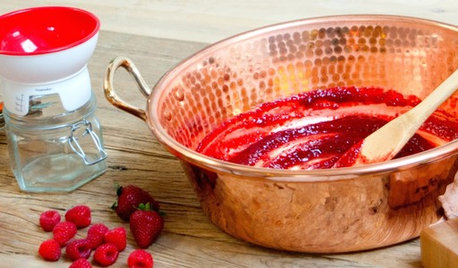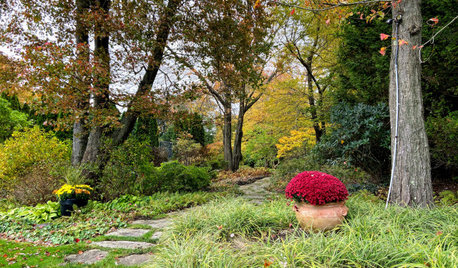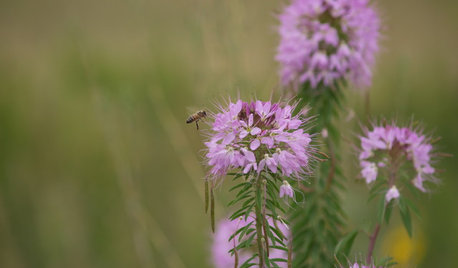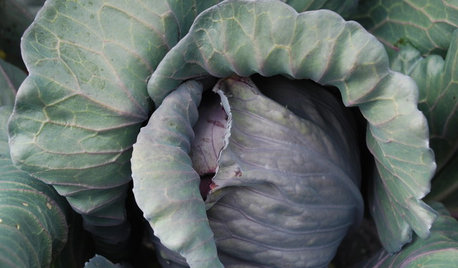Thinning Peaches, is it ever too late?
rjinga
13 years ago
Related Stories

EDIBLE GARDENSHow to Grow Your Own Peaches and Nectarines
Make gardening a little sweeter with these juicy fruits, which you can eat after plucking or preserve for later
Full Story
FLOORSHow to Get a Tile Floor Installed
Inventive options and durability make tile a good choice for floors. Here’s what to expect
Full Story
DECORATING GUIDESThe Dumbest Decorating Decisions I’ve Ever Made
Caution: Do not try these at home
Full Story
EDIBLE GARDENSGrow Plum Hybrids for Your Favorite Fruit Flavors
Plums are cozying up with apricots, peaches and even cherries — here’s how to grow these hybrids for the best aspects of each
Full Story
COLORFUL HOMESHouzz Tour: Nixing Neutrals to Create a Colorful Craftsman
L.A. homeowners toss beige and white to make way for vibrant blue, purplish gray and cheery peach
Full Story
SHOP HOUZZHouzz Products: Save a Taste of Summer
Can't bear to part with the flavors of summer peaches, berries and tomatoes? Then jam on it!
Full Story
GARDENING GUIDES4 Elements of a Stunning Fall Garden
Late summer is a good time to look beyond trees to create an autumn landscape that draws the eye and stirs the soul
Full Story
GARDENING GUIDESGreat Design Plant: Cleome Serrulata
Beckon bees and other pollinators in for a drink of nectar from this western U.S. native’s late-summer flowers
Full Story
COOL-SEASON CROPSCool-Season Vegetables: How to Grow Cabbage
Give soups and stews an unbeatably fresh flavor with this ever-popular fall garden favorite
Full Story
REMODELING GUIDESObjects of Desire: Beautifully Individual Concrete Floors
Concrete comes in more colors and finishes than ever before. See if these 6 floors open your eyes to the possibilities
Full Story






olpea
eskota
Related Professionals
Windham Landscape Architects & Landscape Designers · Carson Landscape Architects & Landscape Designers · Horsham Landscape Architects & Landscape Designers · Mount Wilson Landscape Architects & Landscape Designers · Allentown Landscape Contractors · Allentown Landscape Contractors · Kettering Landscape Contractors · La Verne Landscape Contractors · Lake Zurich Landscape Contractors · Lebanon Landscape Contractors · Milford Mill Landscape Contractors · New Cassel Landscape Contractors · Parker Landscape Contractors · Pompano Beach Landscape Contractors · Wethersfield Landscape ContractorsScott F Smith
fruitnut Z7 4500ft SW TX
MrClint
rjingaOriginal Author
olpea
MrClint